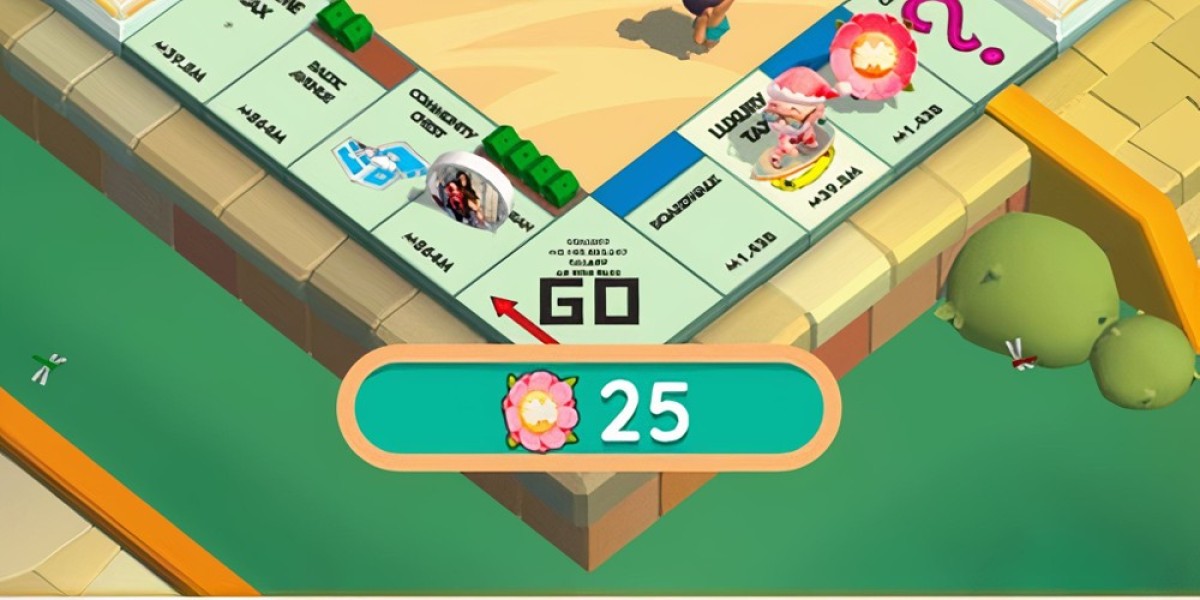2. **Form of Treatment**: Dosage forms like injections, patches, or oral tablets may differ in price, with injections potentially being more expensive due to medical visits.
3. **Treatment Location**: Cost varies by country; stricter regulations may increase prices due to taxes and availability.
4. **Insurance Coverage**: Insurance can reduce out-of-pocket costs for eligible conditions.
5. **Duration of Treatment**: Short-term vs. long-term usage affects frequency and cost, including check-ups.
6. **Black-Market Options**: Unregulated sources may offer cheaper alternatives but pose safety risks.
7. **Medical Monitoring**: Regular check-ups and tests contribute to overall expenses.
In summary, TRT costs depend on form, location, insurance, duration, regulation, and availability, with specific prices varying by region. Consulting a healthcare professional is recommended for personalized advice.
Testosterone Replacement Therapy (TRT) is a medical intervention used to address low testosterone levels in both men and women. It involves supplementing the body with testosterone or its derivatives to alleviate symptoms of hypogonadism, such as fatigue, muscle loss, low sex drive, and mood swings. While TRT can offer significant benefits, it's essential to understand the associated costs, which vary based on the treatment method and other factors.
The cost of TRT can range significantly depending on the form of testosterone used:
Testosterone Injectables: These are among the most common forms of TRT. Prices for injectable testosterone typically range from $50 to $200 per month, depending on the dosage and brand. Some high-dose formulations may cost more. Additionally, patients often need to visit a healthcare provider or clinic for injections, which can add to the overall cost.
Testosterone Creams: Topical creams are another popular method. Costs for creams usually fall between $200 and $400 per month. The absorption rate of testosterone cream varies, so some individuals may need more expensive creams for effectiveness.
Testosterone Gels: These are applied dermally and can cost between $200 and $500 per month, depending on the strength and brand. Some gels are more potent than others, which affects the price.
Patches and Pellets: Testosterone patches or pellets, which are inserted under the skin, typically have higher costs due to their controlled release formulation. Prices for these methods can range from $200 to $500 per month, with some premium brands costing more.
Several factors influence TRT costs:
Location and Provider: Costs may vary significantly by geographic location and the healthcare provider's fees. Some clinics may charge higher administration fees for injections or other methods.
Insurance Coverage: Whether insurance covers TRT depends on the individual's plan. While some insurance providers cover treatments, others may not, leaving patients to pay out-of-pocket.
Brand and Dosage: The brand of testosterone product can also affect cost. Higher-end or more potent formulations may be more expensive than generic options.
While TRT can improve symptoms of low testosterone, it's crucial to consider the potential risks and consult with a medical professional before starting any treatment. The costs involved, along with the benefits and side effects, should be carefully evaluated to ensure the best outcome for the individual.
References: https://jbhnews.com .







